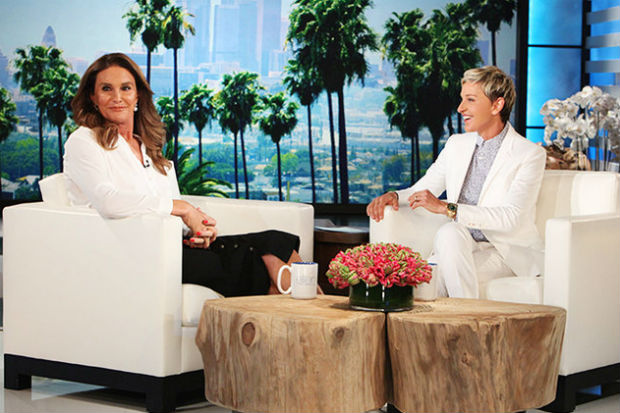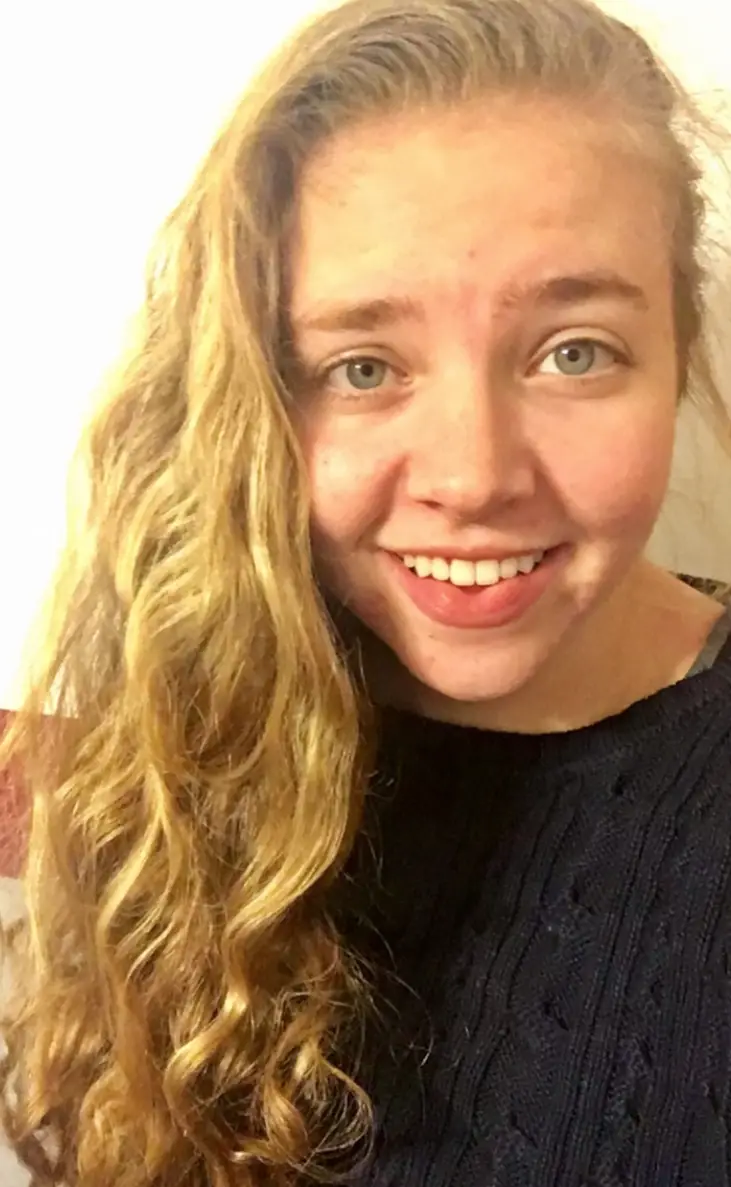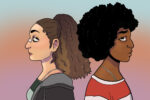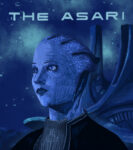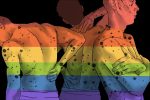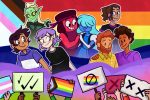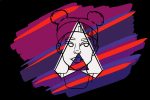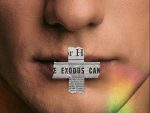The LGBT+ community comprises a huge variety of different gender identities and sexualities. In fact, LBGT is only a shortening of the real acronym: LGBTQIAPD.
The acronym represents lesbian, gay, bisexual, trans*, queer/questioning, intersex, asexual/aromantic, pansexual/polysexual and demisexual people. However, while the first four groups have taken significant steps toward achieving equality in the last decade, society still dismisses and marginalizes the others.
Hopefully, you would think the LGBT+ community still supports these ignored groups. After all, the main objectives of the LGBT+ community are to advocate for the members and social issues, to educate everyone about the different identities and orientations and to provide a safe space for both the members and allies.
However, it this always the case? Can someone be a member of the community and still be homophobic?
The answer is yes. While most bigotry against LGBT+ groups comes from outside the community, a significant amount of that bigotry stems from members of the community. All too often, members of the LGBT+ community decide to advocate for one group and ignore the others. Identifying as a bisexual woman in 2018, I have experienced much of this internal discrimination firsthand.
We live in a time where casual homophobia is no longer acceptable. While many people still have homophobic beliefs, society as a whole has taken huge steps toward becoming more accepting of other sexualities besides heterosexuality.
American culture has begun to condemn bigotry toward LGBT+ people; however, homophobic beliefs are still more common than most people realize, especially towards members of the LBGT+ community who don’t fit into the first four letters of the acronym. Even members of the community are disrespectful to other groups within the community, or sometimes even to their own.
A gay man marched for the right to marry the person he loved and eventually won the Supreme Court decision to do so. He might also call a trans* person a “transvestite” or disrespect their identity by purposefully using the wrong pronouns. In addition, gay men often judge more feminine or flamboyant gay men for being “fairies” or for being “too gay.”
Similarly, lesbians sometimes discriminate against members of different LBGT+ subgroups or even against their own groups. For example, lesbians have a hierarchy within their own group; many value “gold stars,” or lesbians who have never had sex with a man, over women who have had male partners. Also, some women exclusively date other lesbians and refuse to date bisexual women.
Biphobia is common inside and outside of the LGBT+ community. Many people try to discredit bisexuality because they believe that there is no middle ground. A person is either straight or gay — they cannot be attracted to both.
And then there are those people who are attracted to nobody. Asexuals and aromantics are some of the most misunderstood people in the LGBT+ community. Many people, even people from within the LGBT+ community, deny that asexuality exists.
All too often, people insist that asexual or aromantic people are “in denial” or “just haven’t found the right person yet.” Even worse, asexuals may be forced into sexual activity against their will.
The same thing might happen with aromantic people; they may be forced into relationships because others believe that they simply need someone to fix them. Considering that corrective rape was, for a long time, used to ‘cure’ homosexuality, one would think that society, and the LGBT+ community in particular, would realise the problem with trying to ‘cure’ asexual people.
But the issue receives little attention from either the LGBT+ community or mainstream society, and people inside and outside of the community still discriminate against asexuals or deny their existence.
However, regardless of all the obsession with ‘fixing’ them, neither asexual nor aromantic individuals are broken. Asexuality is not an illness or a delusion, any more than homosexuality is; asexual and aromantic individuals deserve support from the community as much as any other group.
Transgender individuals also face the same discrimination. Any cisgender person who marches in the various Pride Parades during Pride Month could still believe that there are only two genders. However, in reality, there is a wide spectrum of gender identity, where gender is not permanent but flexible.
That spectrum includes transgender, transsexual, non-binary, genderfluid, genderqueer and agender people, not just men and women. Still, while the T in LGBT+ stands for transgender, many cisgender people in the LGBT community still deny the existence of transgender people. Any cisgender gay individual might still be disgusted by the trans* person they were hitting on in a bar.
If that wasn’t enough, many transgender people face discrimination from their own group. Those who go through with hormone therapy or gender reassignment surgery often judge those who don’t for ‘not being trans enough.’
Even a trans* person who takes hormones or has surgery to transition can discriminate against other groups in the community. Caitlyn Jenner expressed homophobic beliefs in an interview with Ellen DeGeneres when she first transitioned from Bruce to Caitlyn. She insisted that marriage had to be between a man and a woman because it was traditional.
Since then, however, Jenner has changed her views and now supports gay marriage. Since Jenner is a powerful figure of the trans* community, her change in views gives hope that others can change as well.
Maybe in a perfect world, the LGBT+ community could be unconditionally accepting of all its members. However, there are still many forms of prejudice within the community, even as each group fights for respect and recognition from society. As a community, LGBT+ individuals need to put an end to this internal discrimination.
LGBT+ groups face enough prejudice and hatred from mainstream society; people need to advocate for and support each other regardless of which letter in LGBTQIAPD they might be. No one should feel judged by a community which is meant to support them.
Being lesbian, gay, bisexual, trans*, queer/questioning, intersex, asexual/aromantic, pansexual/polysexual or demisexual is not a choice, regardless of which specific category you belong to.
Gays and lesbians have been saying that about their own sexualities for decades; it’s time for the LGBT+ community to recognize that that statement applies to the whole community, not just the groups that everyone knows about.
The LGBT+ community is a safe haven for those without a positive support system in their daily life. They should be able to fully embrace their sexual orientation or gender identity in a positive, safe environment without fearing the judgement of others. Before that can happen, however, LGBT+ community needs to stop the prejudice that comes from the inside.


